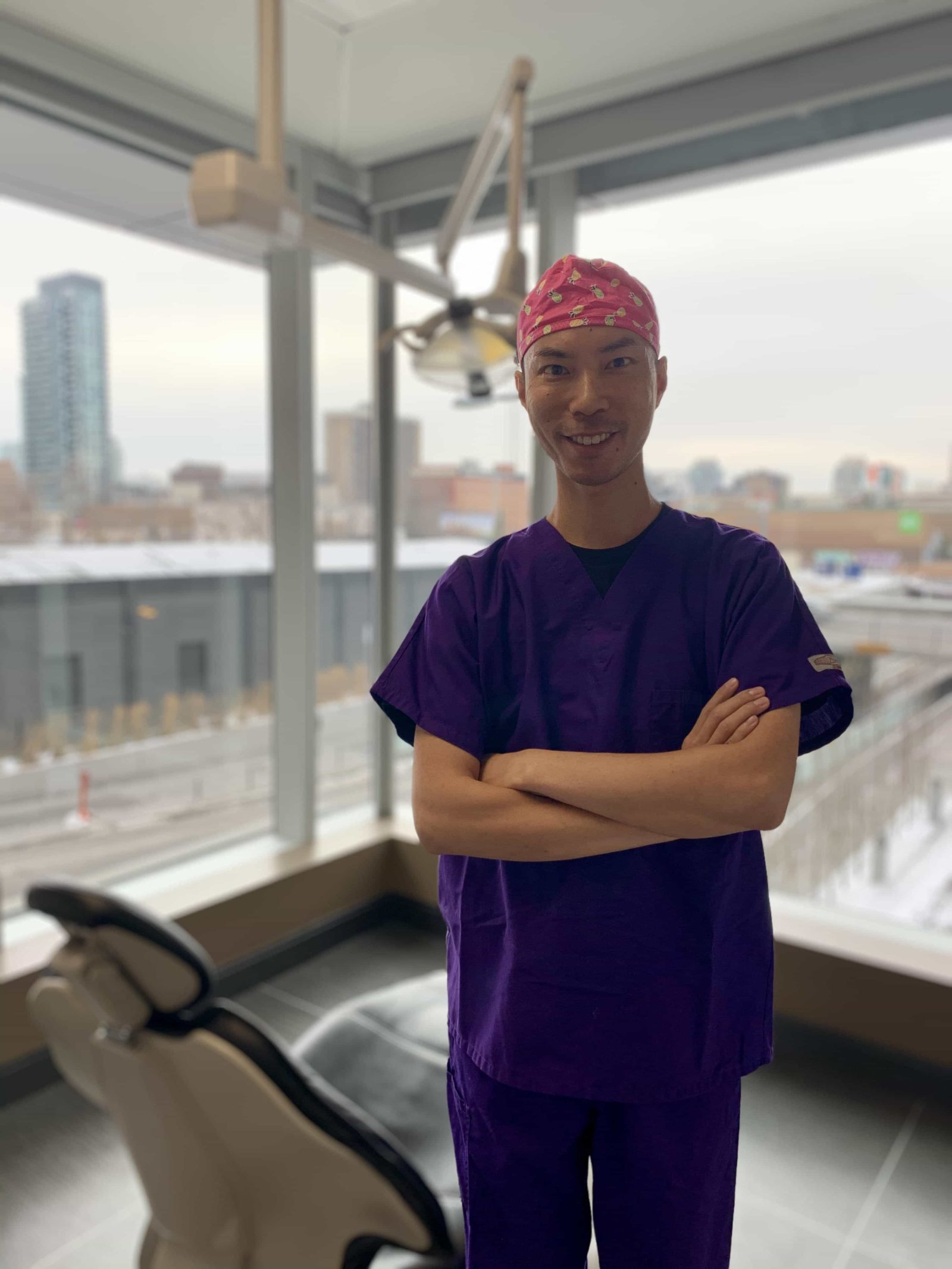Teeth are complex organs that consist of at least three distinct types of tissue. Each layer, enamel dentin, and pulp can develop its problems. These can make caring for your teeth a complex, involved process. There are many other types of tissue in the mouth. There are the gums, the jawbone, the tongue, the cheek membranes, and the lips. Together, they make up a system that can develop a slew of problems. These elements make interdisciplinary dentistry an important part of oral health.
The Fundamentals Of Interdisciplinary Dentistry?
Individual dental concerns can be approached in a number of ways. This assortment of techniques is an incredible aspect of dental care. The assortment of problem-solving methods is remarkable when it comes to oral and dental health. However, the most effective treatment is to heavily depend on each specific case. Comfort with their tools, the underlying problem, and the patient’s overall health are all factors that impact the approach taken. Even seemingly simple problems like cavities can benefit from different approaches. Small cavities may need an inlay or onlay. Maybe a crown will fix the issue. Maybe the tooth has deteriorated so far that only extraction will help. Maybe the patient wants something more long-term, in which case an implant will solve the problem.
Multidisciplinary dentistry is the practice in which these questions are approached by considering the use of multiple treatments for one problem. They work separately, but together. The additional perspectives come together and create an individualized approach to someone’s oral health concerns. An example of this would be dental implants. Implants are effective in treating an extracted tooth but can cause irritation of the gums. In this case, treatments from other disciplines may need to be used. Maybe another solution can be found, or gum irritation can be addressed.
Combining orthodontics, endodontics, and other types of dentistry requires a few questions to be answered. There are a few things to consider when selecting a multidisciplinary approach:
- What outcome is the patient looking for? How is this goal integrated into the treatment and how will it affect the outcomes? By answering these questions, we can ensure safety as well as having the goals met.
- What biological factors do we need to look out for? Pre-existing health conditions, as well as disease and tooth decay, need to be considered. Understanding how these factors interact with each other helps select the right approach.
- How would I do this if it were me? The right clinical approach can be reached when the elements of treatment and diagnosis are understood. The discipline, judgment, and preference of the dentist factor into this.
How Multidisciplinary Care Improves Dentistry
Multidisciplinary care can ensure that the patient secures the best care for their oral health concerns. The benefits and drawbacks of combining different treatment methods combine to create results that wouldn’t be found in any single treatment plan. Always consult your dental health provider if you have any questions about your treatment. And talk about how they incorporate multidisciplinary dentistry.


